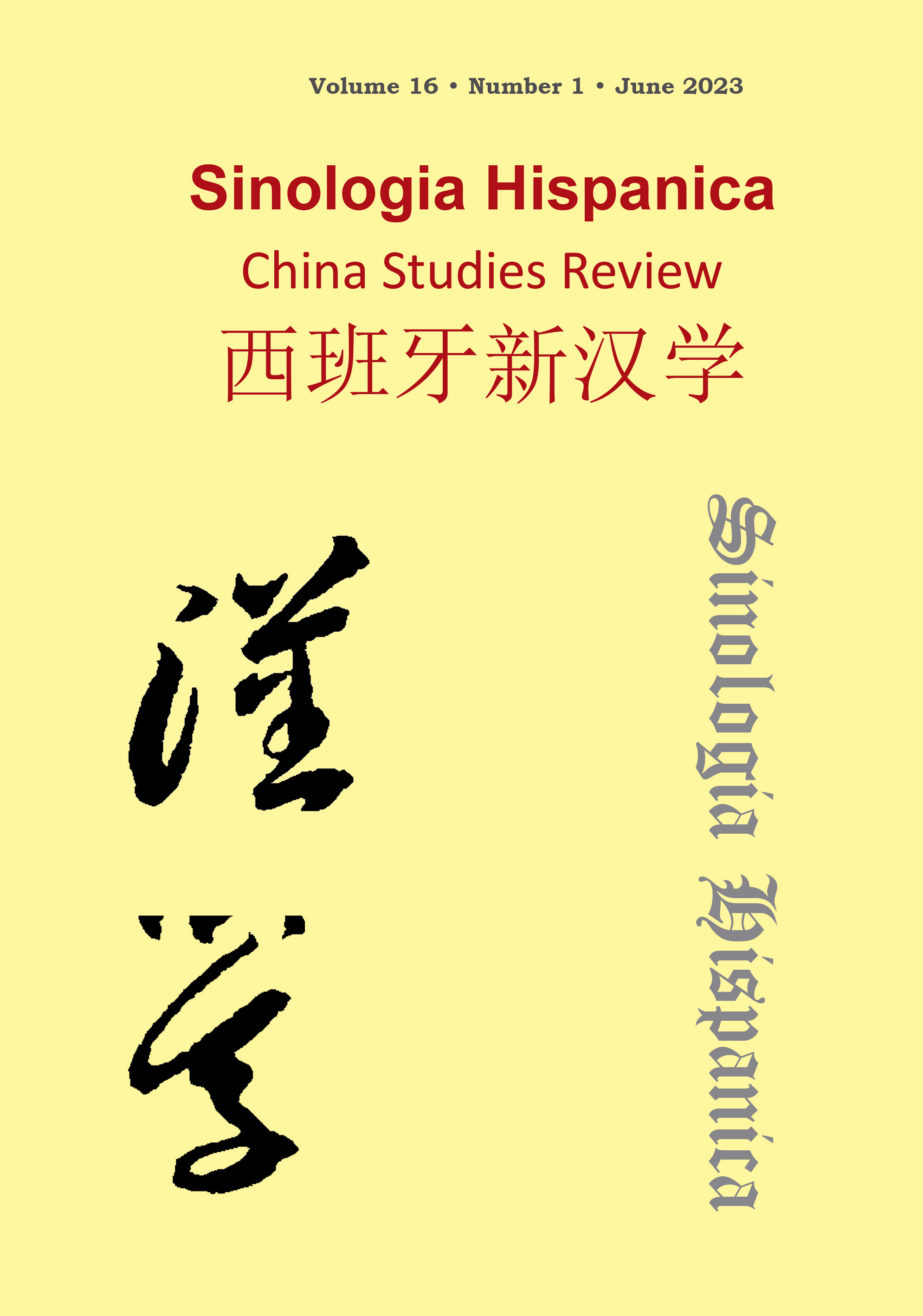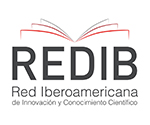From the Traditional Classroom to Mobile Microlearning: Analysing the Potential of Instagram for Chinese Language Learning
DOI:
https://doi.org/10.18002/sin.v16i1.8245Keywords:
microlearning; mobile learning; Instagram; Chinese as a foreign language.Abstract
In the context of the digital revolution taking place in education in general, social networks and the educational content they can offer are becoming increasingly important. Instagram is a paradigmatic example of m-learning (including mobile learning and microlearning). M-learning is characterised by short capsules in image or video, flexible and adapted to the social dynamics of consumption. In order to find out to what extent Instagram can play a relevant role in Chinese language learning and teaching today, this study has two main objectives. First, to analyse a sample of Instagram accounts for learning Chinese and, second, to assess the pros and cons of this medium from the perspective of teachers. To this end, we compiled a database of 100 Instagram accounts for learning Chinese and described them according to a detailed tagging system. The results show a bias towards contents that foster the practice of rather passive skills, the prevalence of image and video, resulting in less accessible materials, and the importance of formal aspects to easy the organization and retrieval of content. In conclusion, there is a great diversity of accounts, some of which stand out for their quality, although using them in classroom is certainly challenging.
Downloads
Métricas alternativas
Downloads
Published
Versions
- 2024-03-06 (3)
- 2024-02-15 (2)
- 2023-06-21 (1)
How to Cite
Issue
Section
License

This work is licensed under a Creative Commons Attribution-NonCommercial-ShareAlike 4.0 International License.
Sinología Hispánica. China Studies Review considers all manuscripts on the strict condition that:
- The authors assign the exploitation rights (reproduction, distribution, public communication and transformation) of the work accepted for publication to the University of León on a non-exclusive basis. Authors can establish, on their own, additional agreements for the non-exclusive distribution of the version of the work published in the journal (for example, placing it in an institutional repository or publishing it in a book), always acknowledging the initial publication. in this magazine.
- The manuscript is your own original work and does not duplicate any other previously published work, including your own previously published work.
- The manuscript is not currently under consideration or peer review, nor accepted for publication, nor in press, nor published elsewhere.
- The manuscript contains nothing that is abusive, defamatory, libellous, obscene, fraudulent, or illegal.
- Please note that Sinologia Hispanica uses Turnitin software to screen manuscripts for unoriginal material. By submitting your manuscript to Sinologia Hispanica you are agreeing to any necessary originality checks your manuscript may have to undergo during the peer-review and production processes. Any author who fails to adhere to the above conditions will be rejected.
- Authors are allowed and encouraged to electronically disseminate the pre-printed versions (version before being evaluated) and / or post-printing (version evaluated and accepted for publication) of their works before publication, since it favors their circulation and dissemination more early and with it, a possible increase in its citation and reach among the academic community.
Sinologia Hispanica is under an international license Creative Commons Attribution-Noncommercial-Share Alike 4.0. You can read more about this license in an informative version and legal text.








